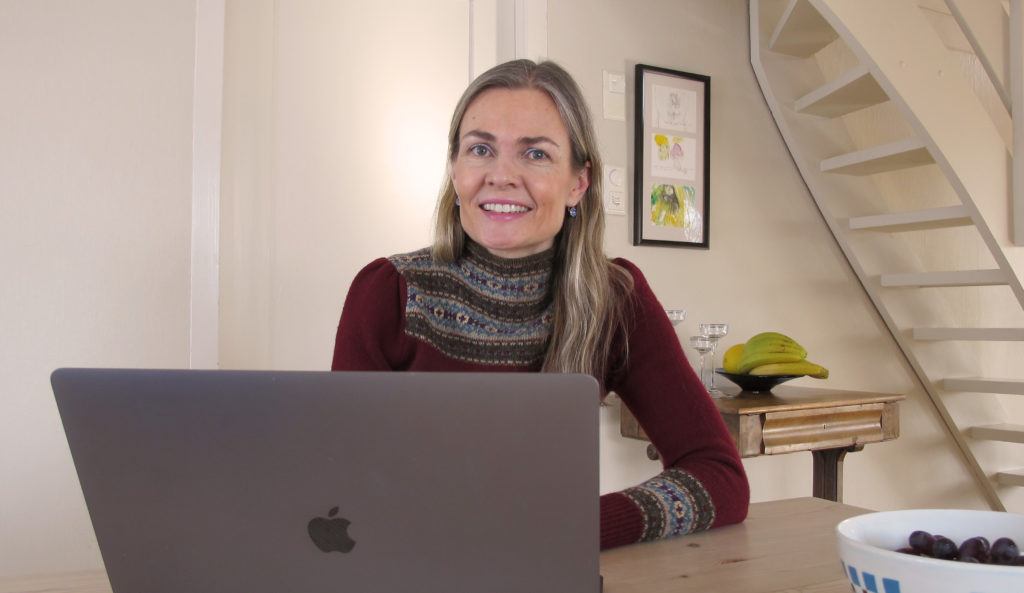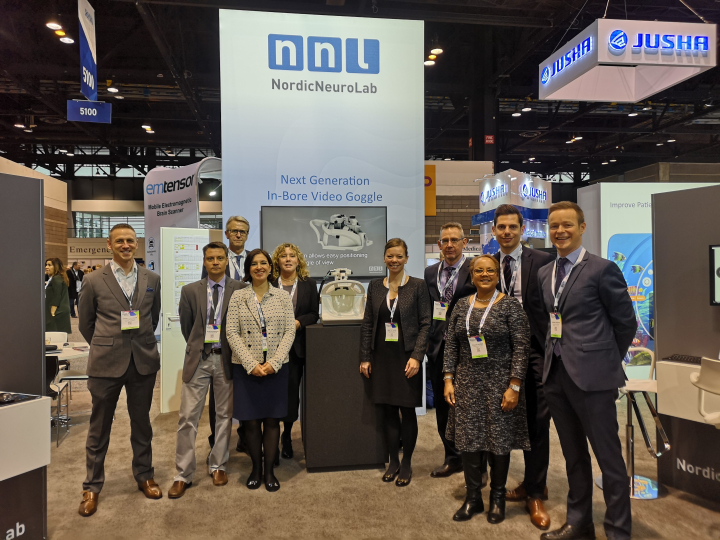Innovation – how do you take your research to market?
Inven2’s main area of focus is taking research results and turning them into a product or service in a market. This is done through a value chain that starts with idea hunting and marketing of Inven2’s services aimed at researchers at the University of Oslo and Oslo University Hospital.

Photo: pexels.com
You are a researcher who has been studying an issue for a long time when a whole new world suddenly opens up for you. What you have discovered in cooperation with your colleagues could be the source of a new medicine, a new type of diagnostics, a new way of creating energy, or a new way of linking data or using encryption to make it more secure to use a company computer abroad. What should you do? You should contact Inven2s employees. We are employed to assess the commercial value of your discoveries, then find a good strategy to get it out in a market like a new product or service.
137 ideas in 2019
The University of Oslo and Oslo University Hospital employ around 6,000 researchers.
“In 2019, we recieved 137 research results in the form of DOFIs. Our employees validate the results and consider whether they can be commercialised, either by being licensed to established industrial players or by giving rise to a new company,” says Jonny Østensen.
Østensen is Vice President of Innovation at Inven2, and is thereby responsible for all Inven2’s commercialisation of research.
When the DOFIs arrive, Østensen assigns the right person to assess them. If the project has commercial potential, it will be taken up as an active project with the goal of having a commercial exit.
Østensen works closely with Mohammed Amarzguioui, who is Vice President of Project Management in Inven2. Around 25% of the research results submitted are accepted as projects. Then it is Amarzguioui who follows up on progress and ensures that the projects have the means to develop in the commercial direction.
Patenting is also an important part of this process, and Inven2 uses both internal and external experts in the field.
Medical research stands out
The majority of the research that is received and accepted as projects is in the medical field.
“I would estimate that between 75 and 85% of what we work on relates to the medical field. The rest comprises different forms of technology in ICT, materials, energy and equipment development,” explains Østensen.
The reason for the medical dominance is that the many research communities in medicine at both the University of Oslo and Oslo University Hospital are good at looking for the innovative potential in their results.
“In 2019, three companies were established, while 26 license agreements for research were signed, and five Inven2 start-up companies were founded based on ideas from students”, says Østensen.



 Norsk
Norsk

